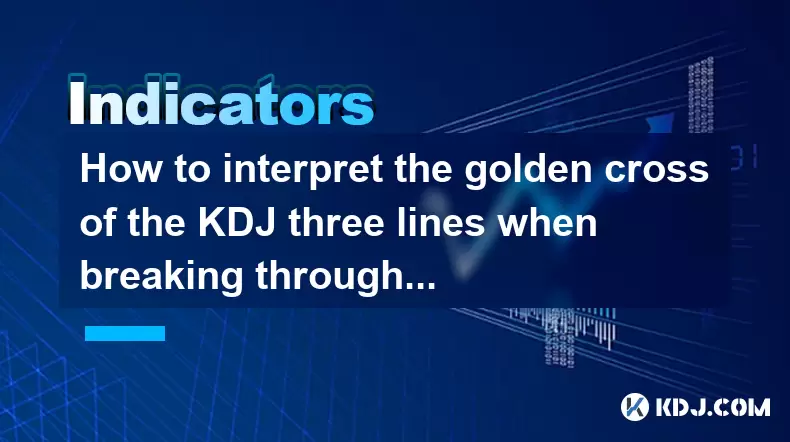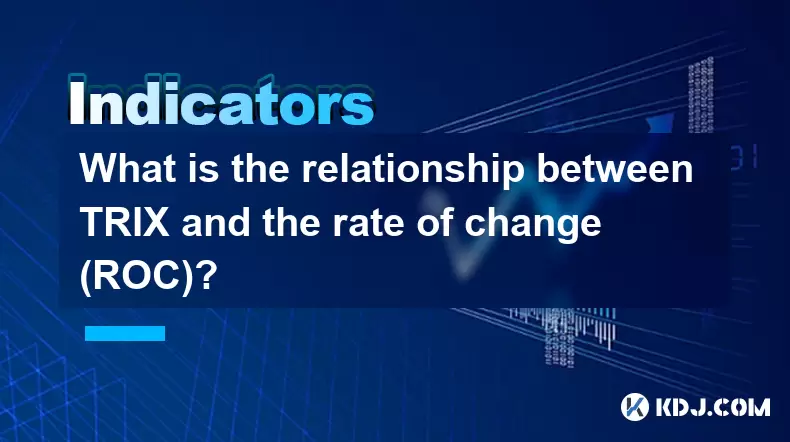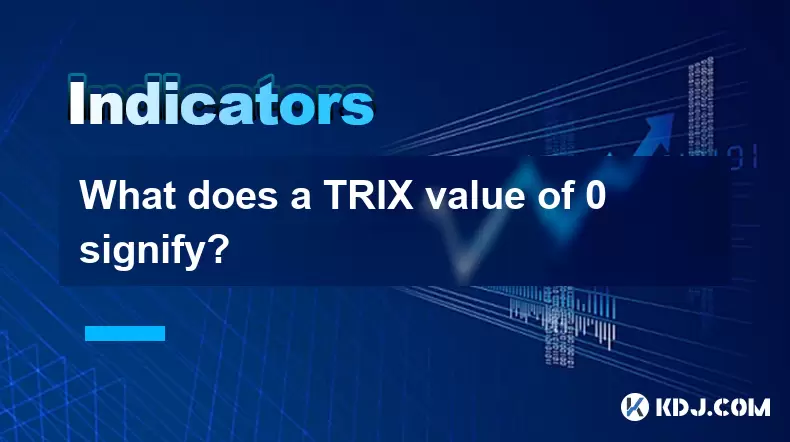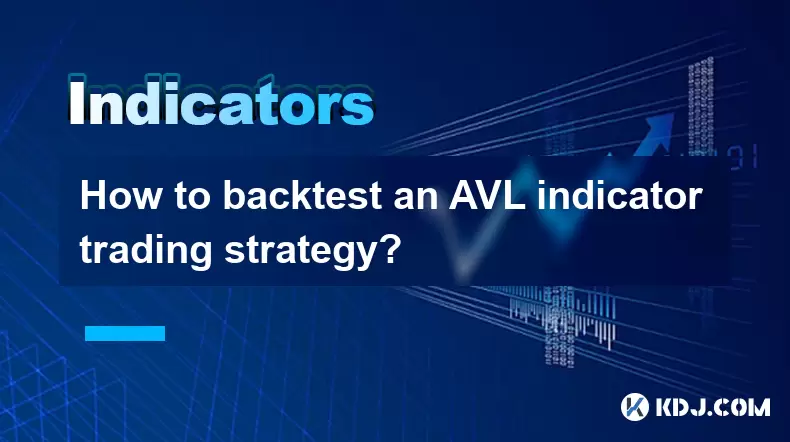-
 Bitcoin
Bitcoin $117700
-0.03% -
 Ethereum
Ethereum $3805
0.49% -
 XRP
XRP $3.098
-1.00% -
 Tether USDt
Tether USDt $1.000
0.03% -
 BNB
BNB $792.8
-1.72% -
 Solana
Solana $177.9
-1.95% -
 USDC
USDC $1.000
0.02% -
 Dogecoin
Dogecoin $0.2202
-1.55% -
 TRON
TRON $0.3278
-2.92% -
 Cardano
Cardano $0.7641
-2.43% -
 Hyperliquid
Hyperliquid $42.21
-2.68% -
 Sui
Sui $3.758
-1.58% -
 Stellar
Stellar $0.4080
-3.21% -
 Chainlink
Chainlink $17.75
-0.33% -
 Bitcoin Cash
Bitcoin Cash $591.8
4.96% -
 Hedera
Hedera $0.2561
-3.09% -
 Avalanche
Avalanche $23.34
-4.24% -
 Litecoin
Litecoin $110.7
1.96% -
 UNUS SED LEO
UNUS SED LEO $8.956
-0.01% -
 Toncoin
Toncoin $3.410
0.79% -
 Ethena USDe
Ethena USDe $1.001
0.03% -
 Shiba Inu
Shiba Inu $0.00001288
-1.82% -
 Uniswap
Uniswap $10.07
-2.06% -
 Polkadot
Polkadot $3.807
-2.27% -
 Monero
Monero $308.2
-2.15% -
 Dai
Dai $1.000
0.03% -
 Bitget Token
Bitget Token $4.521
-0.30% -
 Pepe
Pepe $0.00001134
-1.52% -
 Cronos
Cronos $0.1457
0.65% -
 Aave
Aave $274.9
-2.47%
How to interpret the golden cross of the KDJ three lines when breaking through the key pressure level?
A KDJ golden cross below 30, combined with a high-volume breakout above key resistance, signals strong bullish momentum in crypto markets.
Jul 30, 2025 at 05:56 am

Understanding the KDJ Indicator and Its Three Lines
The KDJ indicator is a momentum oscillator widely used in cryptocurrency technical analysis to identify overbought and oversold conditions. It consists of three lines: the %K line, the %D line, and the %J line. The %K line is the fastest, reflecting the current price momentum relative to the recent trading range. The %D line is a smoothed version of %K, typically a 3-period moving average of %K, making it less volatile. The %J line is derived from the formula: %J = 3 × %K – 2 × %D, and it is the most sensitive, often used to detect early trend reversals.
In the context of cryptocurrency trading, the KDJ is particularly useful due to the high volatility of digital assets. Traders monitor crossovers between these lines to anticipate potential price movements. A golden cross occurs when the %K line crosses above the %D line while both are in the oversold region (typically below 20), signaling a potential bullish reversal. When this happens simultaneously with a breakout above a key resistance level, the signal gains substantial credibility.
What Constitutes a Key Pressure Level in Crypto Markets?
A key pressure level, also known as a resistance level, is a price point where selling pressure has historically prevented further upward movement. In cryptocurrency charts, these levels are often formed by previous swing highs, psychological price points (e.g., $30,000 for Bitcoin), or confluence zones where multiple technical indicators align. Identifying such levels requires analyzing historical price action using tools like horizontal support/resistance lines, Fibonacci retracement levels, or volume profile.
When the price approaches a key pressure level, traders observe whether it can close above it with strong volume. A sustained breakout—especially on higher-than-average trading volume—suggests that demand has overwhelmed supply. In the context of the KDJ golden cross, the confluence of a technical breakout and a bullish momentum signal increases the probability of a sustained upward move. This alignment is especially significant in trending markets or after prolonged consolidation phases.
Interpreting the Golden Cross During a Breakout
When the KDJ golden cross occurs at the same time the price breaks through a key resistance level, it forms a powerful confluence signal. The golden cross indicates that short-term momentum is shifting upward, while the breakout confirms that buyers are in control. This dual confirmation reduces the likelihood of a false breakout.
To interpret this scenario correctly, traders should verify the following conditions:
- The %K and %D lines are below 30, indicating the asset was in oversold territory before the cross.
- The %K line crosses above the %D line, forming the golden cross.
- The price closes above the resistance level on a 4-hour or daily candle.
- Trading volume increases significantly during the breakout candle.
For example, if Bitcoin has been trading between $28,000 and $30,000 for several days, and the KDJ lines are near 15, a sudden surge where %K crosses %D upward while price closes above $30,000 on high volume would suggest strong bullish momentum. This setup often precedes a continuation of the uptrend.
Step-by-Step Confirmation Process for Trading the Signal
To trade the golden cross breakout effectively, follow these steps:
- Open a cryptocurrency charting platform such as TradingView or Binance’s built-in chart tool.
- Apply the KDJ indicator to the chart. Adjust the default parameters if needed (common settings are 9,3,3 for period, slowing, and method).
- Draw horizontal resistance lines at recent swing highs to identify key pressure levels.
- Wait for the price to approach the resistance level and observe the KDJ lines.
- Confirm the %K line crosses above the %D line from below 30.
- Ensure the candle closes above the resistance level.
- Check volume indicators to confirm increased buying pressure.
- Enter a long position on the next candle after confirmation.
- Set a stop-loss just below the breakout level or the recent swing low.
- Define a take-profit target based on the next resistance level or a risk-reward ratio (e.g., 1:2 or 1:3).
This method minimizes false signals by requiring multiple confirmations. It is crucial to avoid entering before the candle closes, as premature trades may result in losses if the breakout fails.
Common Pitfalls and Risk Management Considerations
Even with a strong signal, traders must remain cautious. One common mistake is ignoring the broader market context. For instance, a golden cross breakout in a minor altcoin may fail if Bitcoin is in a downtrend. Always check the BTC dominance chart and major market indicators before acting.
Another risk is chasing the breakout after the price has already moved significantly. Entering too late increases the risk of a pullback. Use limit orders slightly above the breakout level to ensure execution without overpaying.
Volatility in cryptocurrency markets can lead to whipsaws, where the price briefly breaks resistance and then reverses. To mitigate this, wait for a retest of the breakout level as support. If the price holds above it and the KDJ remains above 50, the trend is likely intact.
Additionally, avoid over-leveraging on such signals. Even high-probability setups can fail. Position sizing should align with your risk tolerance—never risk more than 1–2% of your trading capital on a single trade.
FAQs About the KDJ Golden Cross and Breakout Strategy
Q: Can the KDJ golden cross be used on all timeframes?
Yes, the KDJ golden cross can appear on any timeframe, from 5-minute to weekly charts. However, signals on higher timeframes (4-hour, daily) carry more weight due to stronger confirmation from larger market participants. Shorter timeframes may produce frequent false signals due to market noise.
Q: What should I do if the golden cross happens but the price doesn’t break resistance?
This indicates a potential false signal. The momentum may be improving, but insufficient buying pressure exists to overcome supply. In such cases, refrain from entering a trade. Wait for either a stronger breakout or a retest of the level with renewed momentum.
Q: How do I adjust KDJ settings for different cryptocurrencies?
While the default (9,3,3) works well for most assets, highly volatile altcoins may benefit from smoothing—try (14,3,3) to reduce noise. For faster scalping, (5,3,3) may be more responsive. Always backtest settings on historical data before live trading.
Q: Does the %J line crossing above 100 confirm a strong breakout?
When the %J line exceeds 100, it indicates extreme bullish momentum. While this can reinforce the breakout signal, it may also suggest the asset is overbought in the short term. Combine this with volume analysis to determine whether the move is sustainable or likely to correct.
Disclaimer:info@kdj.com
The information provided is not trading advice. kdj.com does not assume any responsibility for any investments made based on the information provided in this article. Cryptocurrencies are highly volatile and it is highly recommended that you invest with caution after thorough research!
If you believe that the content used on this website infringes your copyright, please contact us immediately (info@kdj.com) and we will delete it promptly.
- XRP, AI, and Price Projections: Decoding the Crypto Future
- 2025-07-31 15:10:13
- XRP Investment: Expert Opinions and the Potential for Explosive Growth
- 2025-07-31 15:15:12
- XRP Price: Whale Buys and Token Scoops—What's Next?
- 2025-07-31 15:30:12
- Imagen Network, RLUSD Payments, and Decentralized Applications: A New Era of Web3?
- 2025-07-31 14:30:12
- Meme Coins: Buy and Hold for the Long Term? Decoding the Hype
- 2025-07-31 14:30:12
- XRP Analyst's Market Outlook: Boom or Bust in the Crypto Wild West?
- 2025-07-31 15:35:19
Related knowledge

What is the relationship between TRIX and the rate of change (ROC)?
Jul 31,2025 at 03:14pm
Understanding TRIX and Its Core MechanismTRIX, or the Triple Exponential Average, is a momentum oscillator used in technical analysis to identify over...

What does a TRIX value of 0 signify?
Jul 31,2025 at 02:21pm
Understanding the TRIX Indicator in Cryptocurrency TradingThe TRIX (Triple Exponential Average) indicator is a momentum oscillator used in technical a...

How to use the AVL indicator to confirm a trend?
Jul 31,2025 at 10:25am
Understanding the AVL Indicator and Its ComponentsThe AVL indicator, also known as the Accumulation Volume Line, is a technical analysis tool that com...

How does volume affect the AVL indicator?
Jul 31,2025 at 11:23am
Understanding the AVL Indicator and Its Core ComponentsThe AVL indicator, short for Accumulation Volume Line, is a technical analysis tool used primar...

How to backtest an AVL indicator trading strategy?
Jul 31,2025 at 01:07pm
Understanding the AVL Indicator and Its Role in TradingThe AVL indicator, also known as the Accumulation Volume Line, is a technical analysis tool tha...

How to use the AVL indicator with MACD for better signals?
Jul 31,2025 at 09:22am
Understanding the AVL Indicator and Its Role in Cryptocurrency TradingThe AVL indicator, also known as the Accumulation Volume Line, is a volume-based...

What is the relationship between TRIX and the rate of change (ROC)?
Jul 31,2025 at 03:14pm
Understanding TRIX and Its Core MechanismTRIX, or the Triple Exponential Average, is a momentum oscillator used in technical analysis to identify over...

What does a TRIX value of 0 signify?
Jul 31,2025 at 02:21pm
Understanding the TRIX Indicator in Cryptocurrency TradingThe TRIX (Triple Exponential Average) indicator is a momentum oscillator used in technical a...

How to use the AVL indicator to confirm a trend?
Jul 31,2025 at 10:25am
Understanding the AVL Indicator and Its ComponentsThe AVL indicator, also known as the Accumulation Volume Line, is a technical analysis tool that com...

How does volume affect the AVL indicator?
Jul 31,2025 at 11:23am
Understanding the AVL Indicator and Its Core ComponentsThe AVL indicator, short for Accumulation Volume Line, is a technical analysis tool used primar...

How to backtest an AVL indicator trading strategy?
Jul 31,2025 at 01:07pm
Understanding the AVL Indicator and Its Role in TradingThe AVL indicator, also known as the Accumulation Volume Line, is a technical analysis tool tha...

How to use the AVL indicator with MACD for better signals?
Jul 31,2025 at 09:22am
Understanding the AVL Indicator and Its Role in Cryptocurrency TradingThe AVL indicator, also known as the Accumulation Volume Line, is a volume-based...
See all articles

























































































